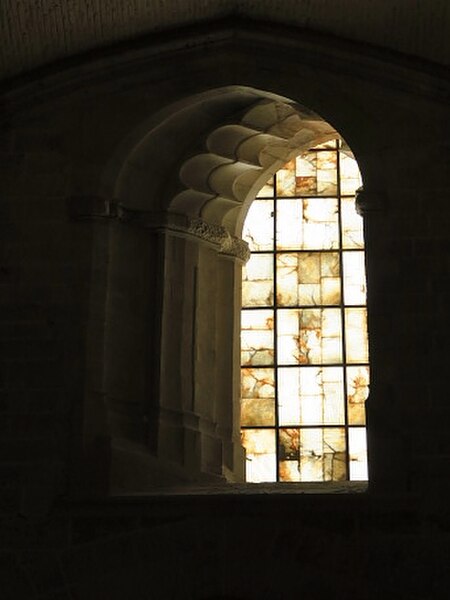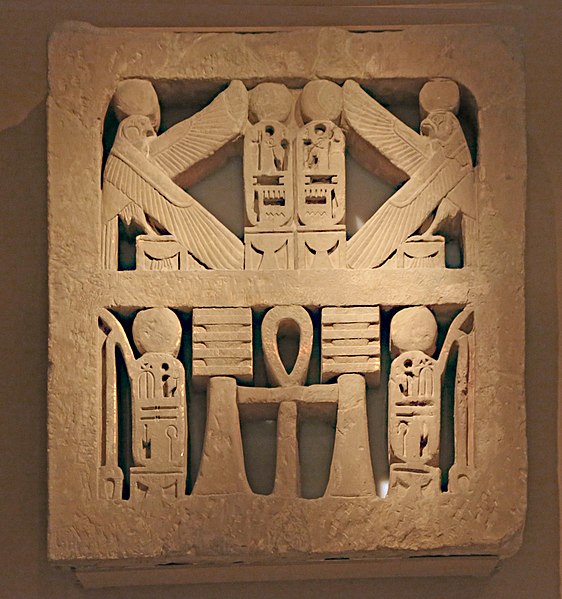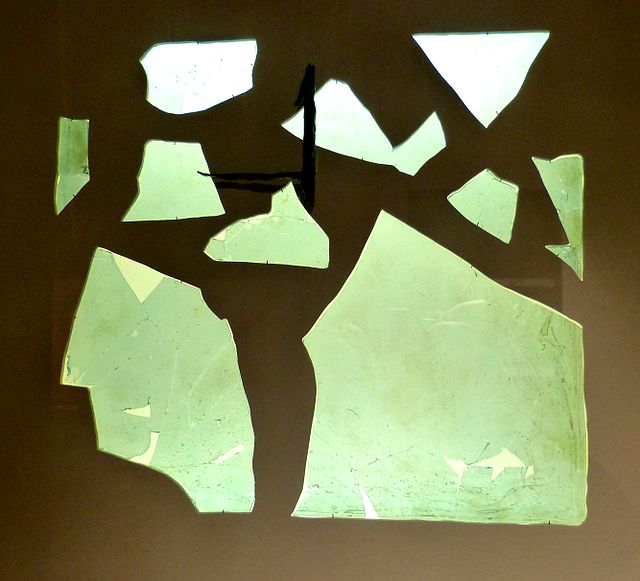Defenestration is the act of throwing someone or something out of a window.
The term was coined around the time of an incident in Prague Castle in the year 1618 which became the spark that started the Thirty Years' War. This was done in "good Bohemian style", referring to the defenestration which had occurred in Prague's New Town Hall almost 200 years earlier, and on that occasion led to the Hussite war. The word comes from the Neo-Latin de- and fenestra.
Matthäus Merian's impression of the 1618 Defenestration of Prague
The defenestration of the Biblical Queen Jezebel at Jezreel, by Gustave Doré
Giorgio Vasari's impression of the St. Bartholomew's Day massacre
A stuntman diving out a window
A window is an opening in a wall, door, roof, or vehicle that allows the exchange of light and may also allow the passage of sound and sometimes air. Modern windows are usually glazed or covered in some other transparent or translucent material, a sash set in a frame in the opening; the sash and frame are also referred to as a window. Many glazed windows may be opened, to allow ventilation, or closed, to exclude inclement weather. Windows may have a latch or similar mechanism to lock the window shut or to hold it open by various amounts.
Alabaster "mullion"-divided decorative windows in Santa Maria La Major church (Morella, Spain)
Alabaster window in the Valencia Cathedral. Note the asymmetrical, slanted left side of the wall-frame, which lets sun rays reach the chancel
Ancient Egyptian sandstone window grill from a palace of Ramesses III, now in the Metropolitan Museum of Art (New York City)
Fragment of a Roman window glass plate dated to 1st to 4th century CE. Note the obvious curvature; this is not a flat pane








